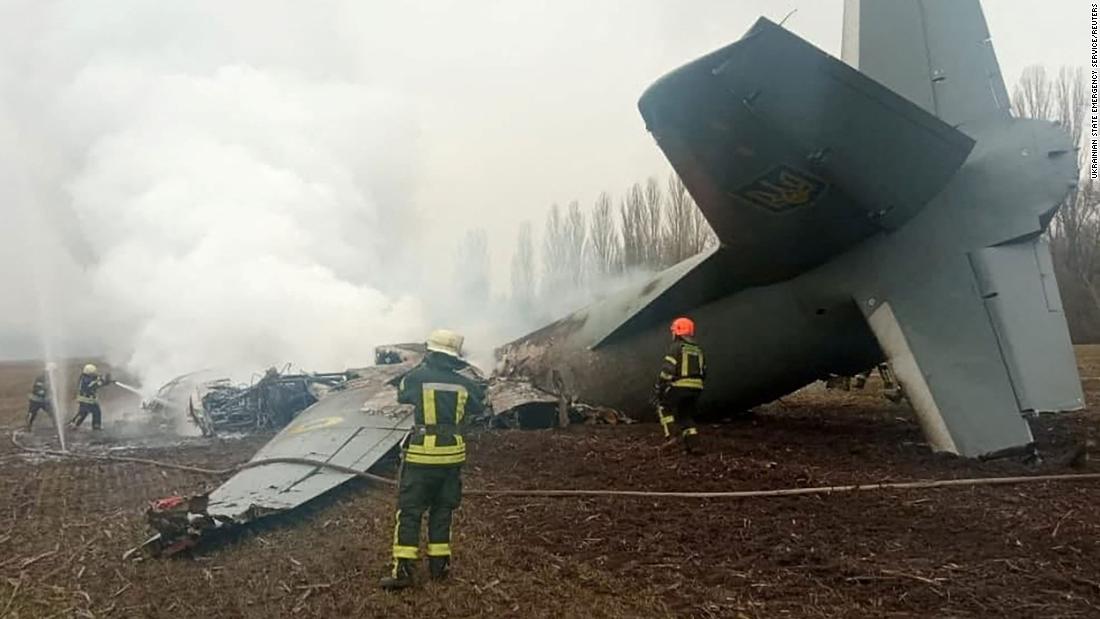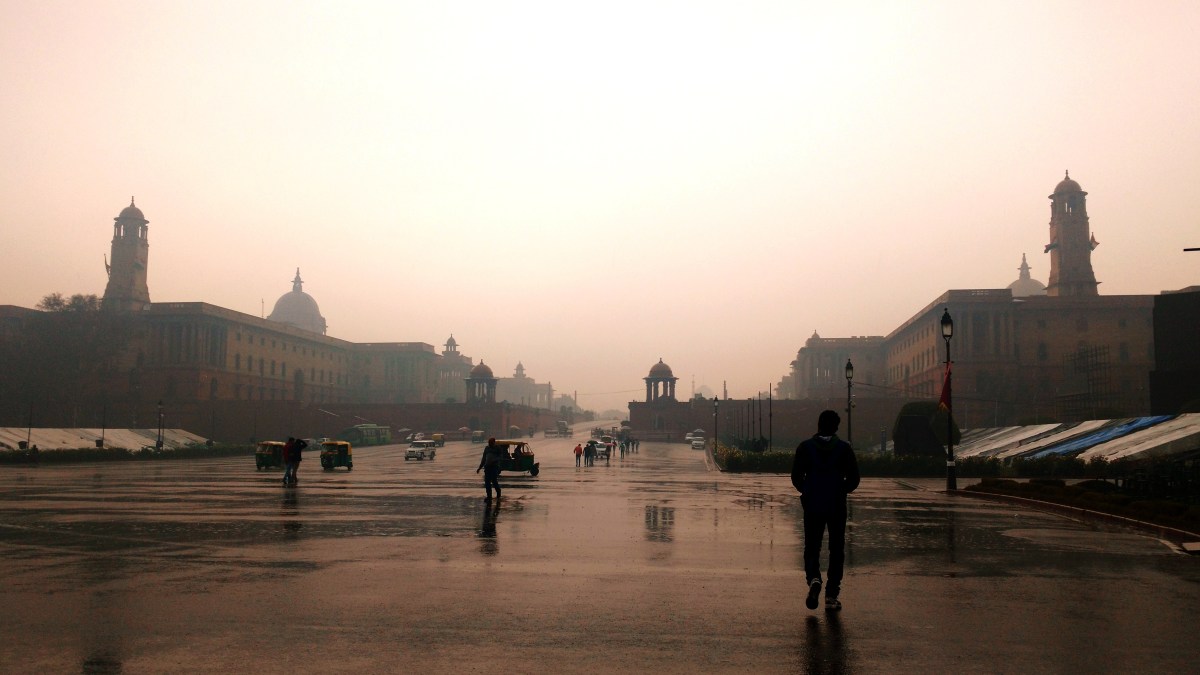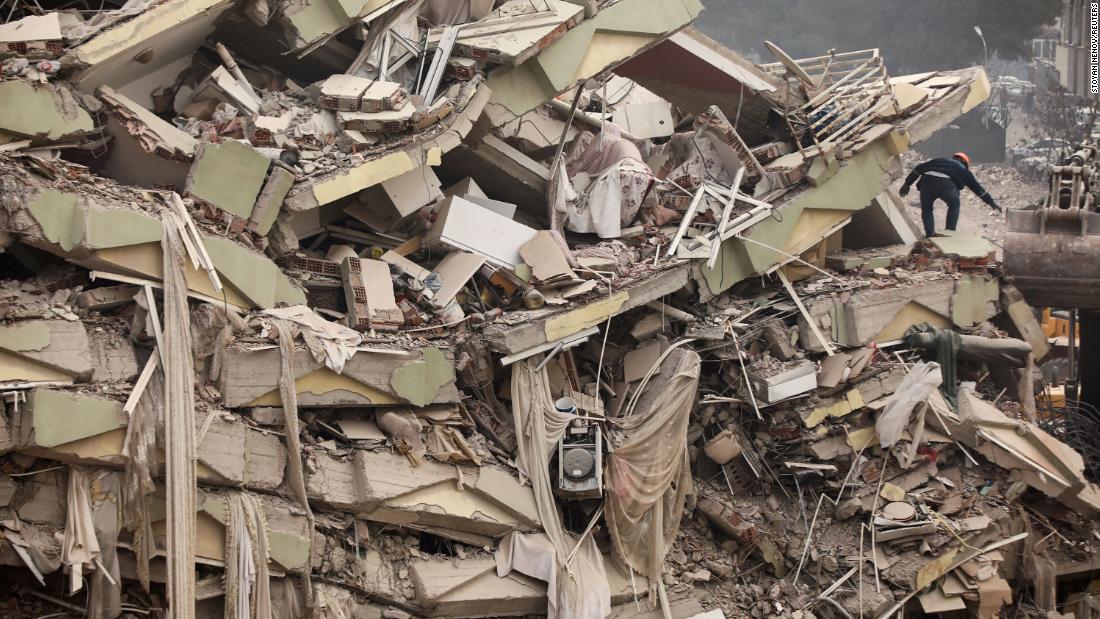America’s ‘New Age’ of Violence After Jan. 6
The Jan 6 2021 attack on the Capitol changed the social lens through which violence may be viewed in the U.S. Americans today are more receptive to violence as a means to an end than they have been since the Civil War, writes TCR columnist Billy Sinclair.


Rioters assault the Capitol, Jan 6. Video still via MSNBC
America has a violence problem—a serious one.
It can be seen in road rage incidents, gang shootouts, barroom brawls, attacks on law enforcement, assaults against non-threatening citizens by the police, escalating hate crimes, domestic violence, drug trafficking, and, worse of all, mass shootings.
In 2003, The U.S. Justice Department reported that the murder rate per 100,000 in the U.S. in 1950 was 4.6 and that it had increased to 5.9 in 1999.
In January of this year, at least one news outlet reported that FBI data showed the per-100,000 rate had increased to 6.9 at the end of 2021.
However, these numbers alone do not lend any real guidance in either explaining or understanding the current state of violence in America. The U.S. population was roughly 150 million people in 1950 while it had more than doubled to nearly 335 million at the end of 2021.
A reasonable argument can be that, statistically, violence in America today is comparable to what it was in 1950.
But there is a stark difference in the nature of the violence we see in America today as compared to what Americans saw in 1950. The difference lays in the increased premeditation, senselessness, and randomness in the violence experienced in every segment of America today.
Although violence in America in 1950 sometimes shocked Americans, it did not shred the social safety fabric as the current trends of violence have done. No one truly feels safe anywhere in this country today.
This “new age” violence kicked into high gear in early 2020 with the advent of the COVID-19 pandemic.
By the end of the year, the Centers for Disease Control and Prevention (CDC) reported that some 385,000 people had died from the COVID virus while the nation’s homicide rate rose 30 percent over 2019—the highest single year increase since the FBI began tracking the nation’s homicide rate in 1960.
Politics, Race and Violence
It was against this backdrop of pandemic death and thousands of people killing each other for little or no reason at all that America experienced the most politically divisive and race-driven presidential race in more than 120 years.
While the presidential elections in 2008 (the year the first Black man was elected president) and 2016 (the year the first white nationalist was elected president) saw spikes in hate crimes, those spikes paled in comparison to the increase in hate crimes during the 2020 presidential election.
Then, on Jan. 6, the nation collectively experienced a new kind of violence—one driven by politically partisan divisions and blatant racism
A crowd estimated at 10,000 gathered in Washington, D.C. to expressr rage at what they had came to believe was a “stolen election” against their president.
Incited by veiled and open encouragement from speakers at the rally to be violent, thousands of the rally-goers became a destructive, violent crazed mob that stormed the nation’s Capitol Building.
Senate Minority Leader Mitch McConnell (R-Ky) would later describe the assault as a “violent insurrection for the purpose of trying to prevent the peaceful transfer of power, after a legitimately-certified election, from one administration to the next.”
Jan. 6 Attack Set the Metric
That Jan. 6 insurrection—designed to overthrow a legitimately elected government and install what can only be called a fascist government ruled by military authority—set the violence metric for the 2021 year.
The homicide rate continued its unparalleled rise, more died from the COVID virus that morphed into “the Delta variant,” and hate crimes dramatically increased, particularly against Asian Americans.
As if the emotional pain, the social trauma, and collective feelings of isolation caused by the pandemic were not enough, the Republican National Committee (RNC) in a resolution censuring two of its members described the Jan. 6 attack as “legitimate political discourse.”
Those three words altered and perhaps forever changed the social lens through which violence may be viewed in America.
Drug traffickers and criminals of every stripe can now call their unlawful activities “legitimate criminal enterprises.”
If threats to hang the Vice President of the United States and murder the Speaker of the House are now “legitimate political discourse,” then every form of criminal behavior can be legitimized as some kind of social “discourse.”
Legitimizing violence of any sort is an open invitation to anarchy. We are now at a point in this nation where legitimized mob violence, accepted racial hatred, and incurable political divisions have created a social recipe for civil unrest at best and civil war at worse.
Sadly, Americans today are more receptive to violence as a means to an end than they have been since the Civil War—a conflict still being waged in the minds and hearts of too many Americans.
One in four Americans (roughly 80 million people) now believes that violence against the government is “sometimes” okay while one in ten (roughly 35 million people) believe violence should be waged against the government “right now.”
The difference between violence in 1950 and today can be measured by the 1948 presidential election that pitted incumbent Democratic President Harry S. Truman against popular Republican New York Gov. Thomas Dewey.
Truman, the winner of the election, was a decided underdog. So much so that prominent media outlets declared Dewey the winner on election night before the votes were even counted.
Republicans, who controlled both chambers of the 80th Congress, were stunned by Dewey’s defeat, but they never once said the election was “stolen.”
It was inconceivable in that era that any Republican from Dewey on down would have incited his disappointed supporters to storm the nation’s Capitol Building as part of a “legitimate political discourse.”
Not even South Carolina Sen. Strom Thurmond’s racist “Dixiecrats” (who believed the Southern mantra “the South’s gonna rise again”) would have supported an insurrectionist assault on the Capitol.

Billy Sinclair
The bottom line is this: when political violence becomes legitimate discourse, then criminal violence will expand and mental illness-driven violence will become a legitimate response to any real or imagined grievance, as evidenced by recent murderous attacks on judges and threats against legislators.
God save us all if smoking marijuana or possessing it in the wrong amount is a crime that can result in penal incarceration while a violent insurrection is “legitimate political discourse.”
Billy Sinclair spent 40 years in the Louisiana prison system, six of which were on death row. He is a published author, an award-winning journalist (a George Polk Award recipient), and the co-host of the criminal justice podcast, “Justice Delayed.”

 Landwebs
Landwebs 



















